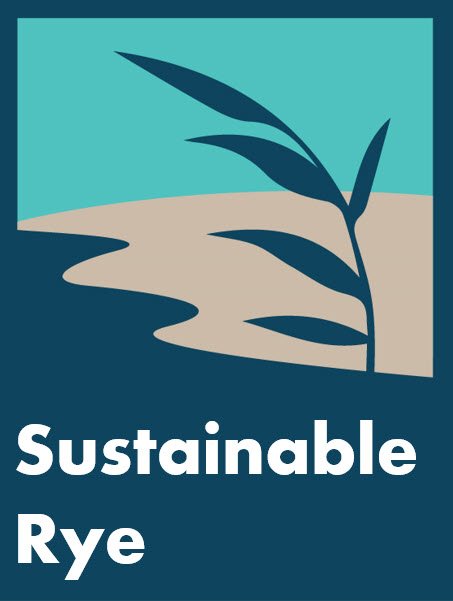Healthy Yards, Healthy Pets
Rye Nature Center Director of Strategic Initiatives AJ Johnson.
Humans and their furry friends flocked to Pet Pantry Warehouse this evening to hear about how to keep their lawns healthy and safe for their pets.
Rye Sustainability Chair Melissa Grieco kicked off the event by thanking Pet Pantry for generously hosting and providing treats for the four-legged attendees at their “Bark Bar.” Baked goods for humans were prepared by Rye Sustainability member and healthy cook extraordinaire, Jenny Hirsch.
The main event of the evening was the presentation given by Rye Nature Center Director of Strategic Initiatives AJ Johnson. AJ holds a Bachelor of Science in Environmental Biology and has several years of experience in environmental education and outreach. He spoke about the health and environmental hazards of toxic chemical lawn applications and offered practical solutions.
Some of AJ’s recommendations and tips for keeping your lawn healthy and safe for all:
Keep pesticides from leaching into your yard from neighbors’ yards by using plant buffers. Some good native buffers include choke berry and switch grasses.
Reduce lawn area with native plantings.
Mulch leaves, leave grass clippings to retain moisture and insulate your lawn.
Aerate your lawn as a natural way to get nitrogen deep into the soil.
Consider using native grass for your lawn. Why?
Less maintenance over the long run because these grasses are “meant to be here.”
Native grasses reduce storm run off due to their deep roots (vs sodded turf grass).
They act as a filtration mechanism for cleaning out toxins from the soil.
Requires less mowing, so less air pollution.
Native grasses act as a carbon sink.
Less expensive than sod.
Some suggestions: big bluestem grass, little bluestem, buffalo grass
Lawn burn: Tall fescue grass works well
Pets and Poison: AJ mentioned contacting a pet poison hotline. A recent article on pets and poison provides information on what to do and who to call.
Most importantly, remember that what’s outside can come inside. You may do your best to keep your home free of harmful toxins, but pesticides sprayed on lawns outside stick to shoes and pets and get tracked inside. A recent study about pesticides lurking in our home addresses this problem.
For more tips on how to keep your outdoor spaces pet- and human-safe, take a look at Rye Sustainability’s Takeaway Tips: Healthy Yards, Healthy Pets.




